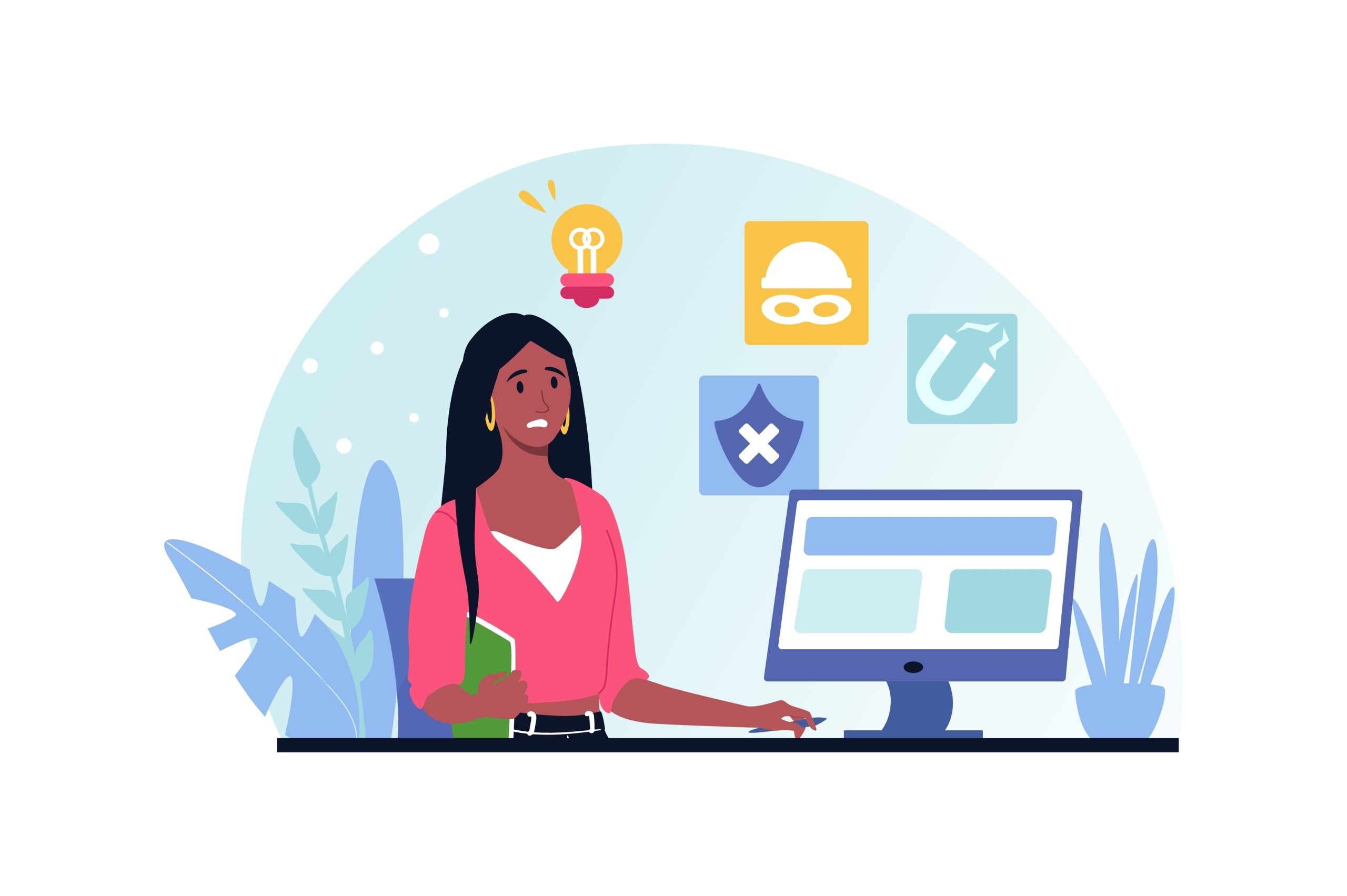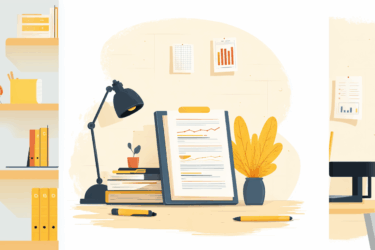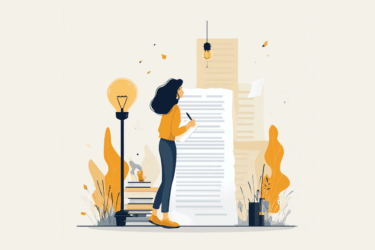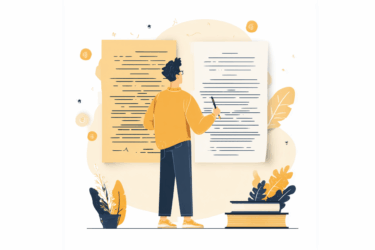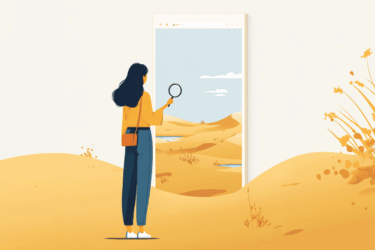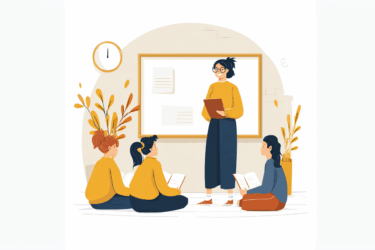Introduction:
AI tools for writing are rapidly evolving, which is excellent. But there is a legitimate concern, particularly from the point of view of academic integrity.
Can plagiarism detection systems like Turnitin effectively identify AI-generated content?
How to determine who wrote the essay : a student or ChatGPT/other chatbot?
How to check whether AI tools have been used to paraphrase someone else’s existing text?
In this article, we’ll explore Turnitin’s AI detection capabilities and an alternative solution PlagiarismCheck.org and its benefits.
How much AI can Turnitin detect?
AI writing tools are changing the learning process and, if used responsibly, can make learning even more effective. In 2023, Turnitin launched AI detection features in its products. Turnitin analyzes statistical signatures and linguistic patterns of the text at the sentence- and document-level metrics. This allows users to detect AI in 96%-99%, which is generally quite a high indicator. For example, TraceGPT – AI Detector by PlagiarismCheck.org, gives 97-98% accuracy, which is also an extremely high rate.
How good is Turnitin at detecting AI?
Unfortunately, it is impossible to completely avoid a false-positive results. Turnitin developers explain:
“Our document false positive rate – incorrectly identifying a fully human-written text as AI-generated within a document – is less than 1% for papers with 20% or more AI writing.
Our sentence-level false positive rate is around 4%. This means that there is a 4% likelihood that a specific sentence highlighted as AI-written might be human-written”.
False positives are more common in texts that combine human and AI content, especially in transitions between them.
It is important to note that AI Detector PlagiarismCheck.org, in particular, tries to solve this problem by grading the results on several levels. This way, the tool provides a more accurate and more profound determination of the text’s origin: with minimum false positives in situations where the text features are close to both AI and human writing.
Can Turnitin detect AI paraphrasing?
Improper paraphrasing has become an increasing problem with the development of AI tools. As mentioned above, Turnitin has some difficulties recognizing the cases when students paraphrase AI-generated text as if it was their own. In addition, ChatGTP, Gemini, and other AI models do not create content but generate it based on someone’s work, while AI paraphrasing tools rewrite the text to hide AI abuse and plagiarism. For a broader understanding of how ChatGPT compares to other models like Grok, G2 has a guide on ChatGPT vs Grok. Therefore, AI paraphrasing and AI plagiarism are new challenges for detection systems, including Turnitin.
Not all tools can correctly determine the presence of AI content if there are changes in the text. Checkers primarily analyze linguistic patterns and a number of indicators to identify similarities between AI-generated content and existing sources, as when scanning the text written or paraphrased by human.
You may ask, isn’t paraphrasing a legitimate way to include the material into your writing? It is, and paraphrasing skills are beneficial to studying. The result shows how much the student has learned, processed scientific papers, and reflected on the provided content. This is why it is crucial to determine who paraphrased the text and how: with automatic tools or independently.
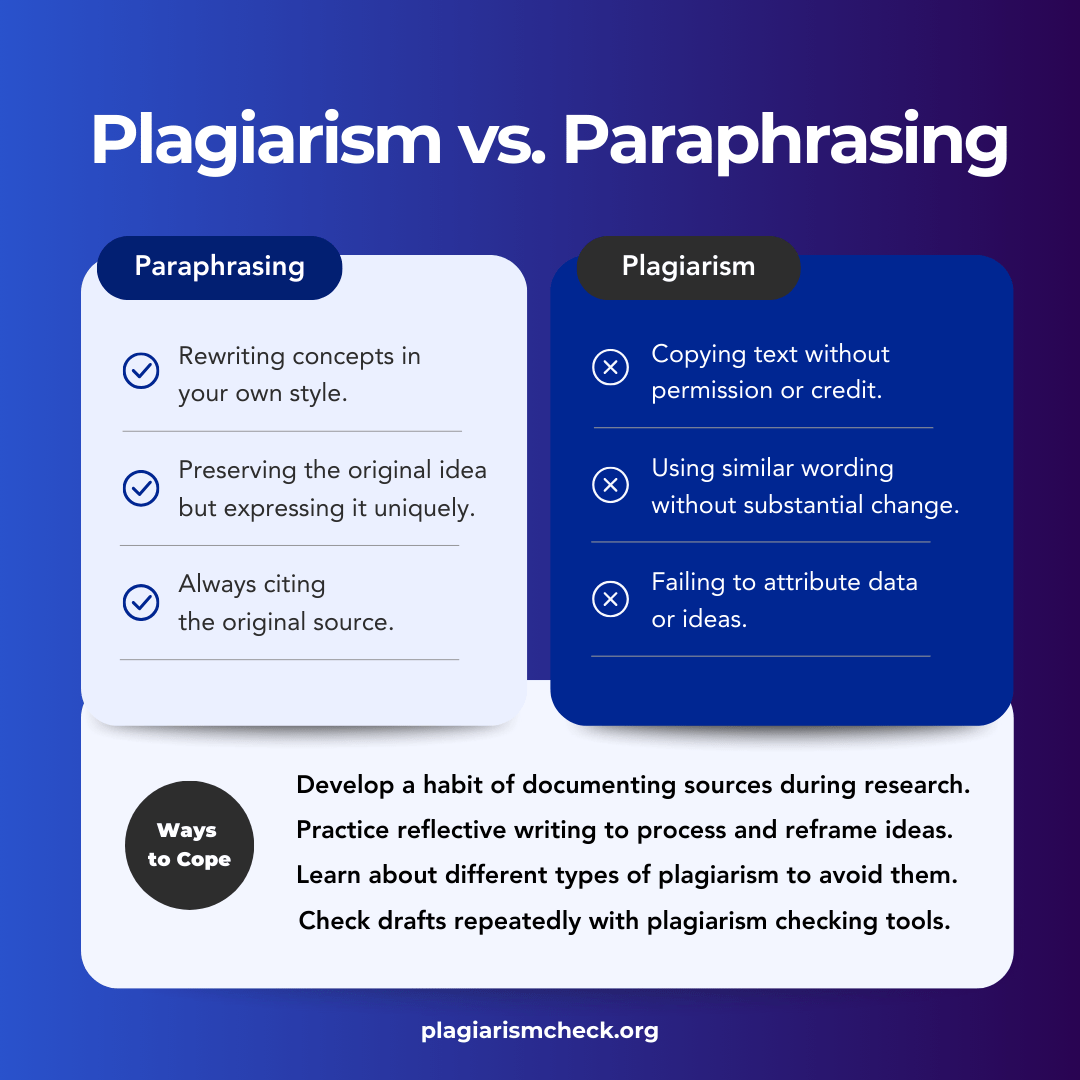
PlagiarismCheck.org has excellent results in detecting deep paraphrasing. In particular, analyzing texts generated by Gemini, this tool noticed not only the AI origin of the text but also up to 45% of plagiarism. Most of it was AI paraphrasing of existing content. It proves that PlagiarismCheck.org can successfully recognize AI paraphrasing with TraceGPT detector.
Is it okay to have 0% similarity in Turnitin?
If the text analysis result shows 0% similarity to Turnitin, can it be trusted? On the one hand, students can create original work without signs of similarity. On the other hand, it could indicate that Turnitin failed to identify the violation due to manipulations with the text. In this case, it is worth re-analyzing the text using other tools.
Such a result may raise doubts, so teachers should consider additional factors. In particular, to determine how well the work satisfies all other criteria for the assignment: analyze the depth of eleborating on the topic, writing style, critical thinking, the curve of the student’s academic success, and their oral answers.
Can Google detect AI content?
As one of the leading players in AI research and development, Google claims that it can recognize AI-generated content. For ranking web pages, Google’s algorithms use the model E-E-A-T: expertise, experience, authoritativeness, and trustworthiness. So, the uniqueness of the text is the most important:
- high originality;
- absence of plagiarism.
The algorithms also require expert quality which cannot yet be provided by texts written by AI. Google recognizes but does not prohibit using AI-generated content (besides manipulating ranking in search results: this violates Google spam policies.) Also, Google does not mark AI texts.
“Using automation—including AI—to generate content with the primary purpose of manipulating ranking in search results is a violation of our spam policies […] However the content is produced, those seeking success in Google Search should be looking to produce original, high-quality, people-first content demonstrating qualities E-E-A-T” – Google Search’s guidance about AI-generated content.
Unfortunately, Google Docs don’t have a built-in plagiarism checker. However, you can easily install a specialized Google plagiarism checker add-on, such as PlagiarismCheck.org.
AI Detector Chrome Extension is also available.
Can AI violate copyright?
AI plagiarism is not just a technical problem. It is also a legal issue. AI relies on data from various sources, sometimes without proper referencing or acknowledging the original creators. This causes debate among creators because AI uses copyrighted materials for training without permission and referring to the authors.
Moreover, AI texts often lack creativity or originality that humans possess. This means that AI content cannot be copyrighted on its own, which also causes future difficulties. At the same time, AI abuse hinders writing skills and critical thinking development.
AI Detector for Turnitin by PlagiarismCheck.org
PlagiarismCheck.org offers an alternative solution for institutions looking for effective and reliable tool to check plagiarism and AI content detector. TraceGPT not only matches the capabilities of Turnitin’s built-in AI detection feature but also provides several advantages.
TraceGPT offers a cost-effective solution with transparent pricing models. Get individual support and a more flexible approach. Choose the standalone tool or AI Detector features integrated into the flawless similarity check system by PlagiarismCheck.org.
Conclusion:
Although Turnitin shows significant progress in detecting plagiarism and AI-generated content, it cannot always catch complex cases of AI cheating.
Institutions looking for an additional or alternative solution for reliability can find a quality and cost-effective option in TraceGPT: AI Detector by PlagiarismCheck.org. Thanks to powerful capabilities, transparent pricing, extended support, and flexibility, TraceGPT can become a reliable alternative to AI detector for Turnitin, as well as an independent full-fledged solution.
Implement an instant, seamless integration of this easy, lightweight, and reliable tool into your facility’s LMS. No additional training required thanks to its convenient and user-friendly interface. Expand opportunities to support academic integrity today!
